Kakatiya Empire and Islam – conquest and unparalleled fightback
The Kakatiyas were a tough nut to crack for the Islamic Armies from the start. But, the spectacular speed with which Kakatiya Empire collapsed was actually the reason why Delhi Sultanates weren't able to gain a foothold in the South - simply put, the Empire disappeared but not it's armies. The resistance the armies put meant that Delhi Sultanate wasn't able to set it's foot in the territory for the next 300-350 years.
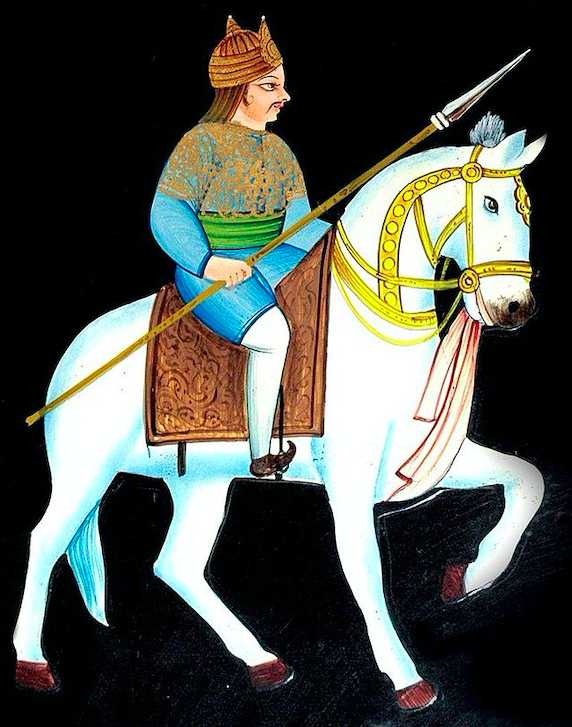





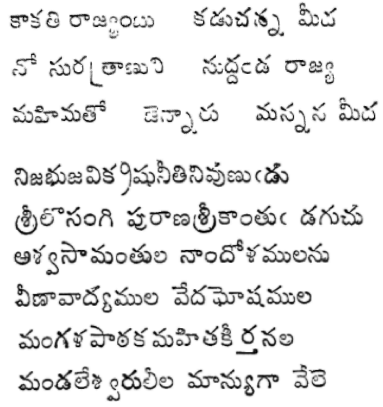
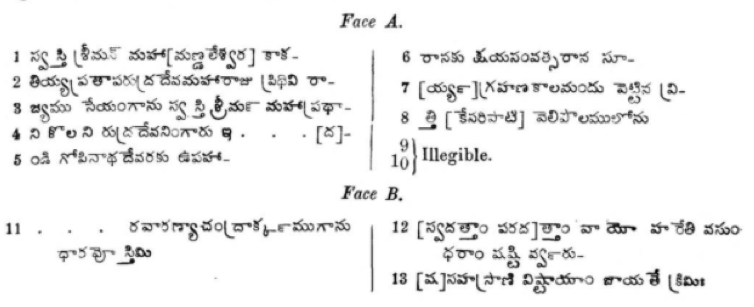

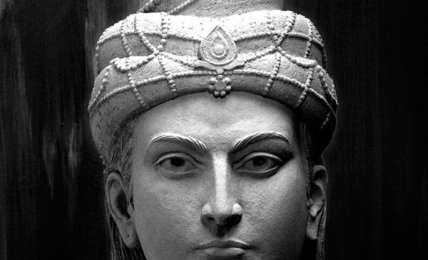
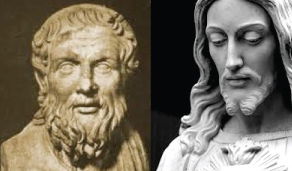
Sir… Mera article publish hi nhi ho raha. Bahut koshish ki but kaise kre samj hi nhi aa raha.. Please kuch bataye kaise kra jata hai. Publish ka button dabane ke bad bhi nhi ho raha
Anything with the language? Tag the admin on twitter directly – that’s the fastest way.
Bhai image lagana hain story pe
Never knew this.
Wonder if I could see the author’s name. I would like to invite you to give a talk on this subject on our platform on Indic topics– arts, history, and culture among others.
How and when can we connect?
Sonam Aparna
aparna.sharma@sarayutrust.org
Hi,
I would like to invite you (the author) for an online lecture on this subject. Please connect
aparna.sharma@sarayutrust.org